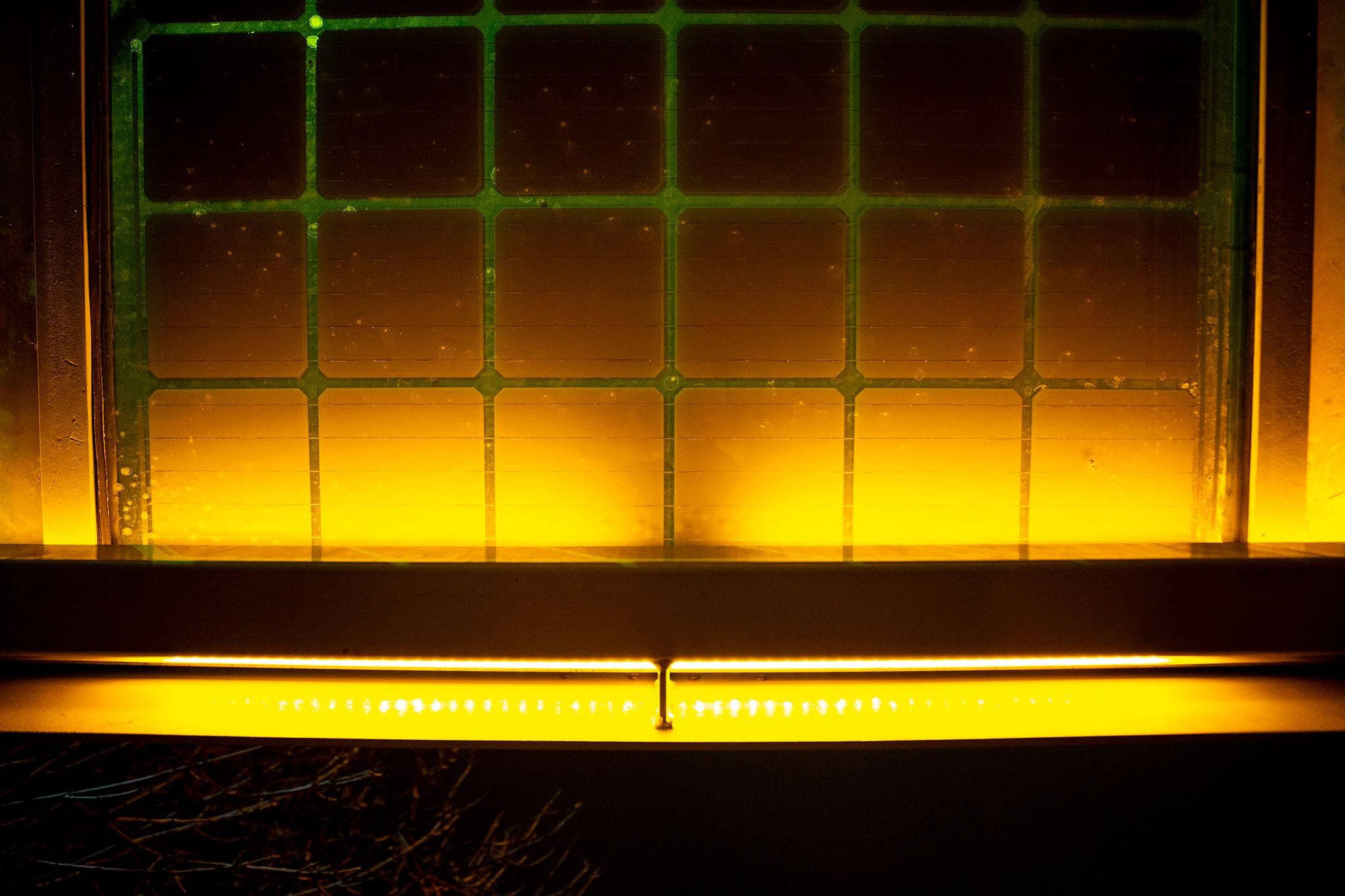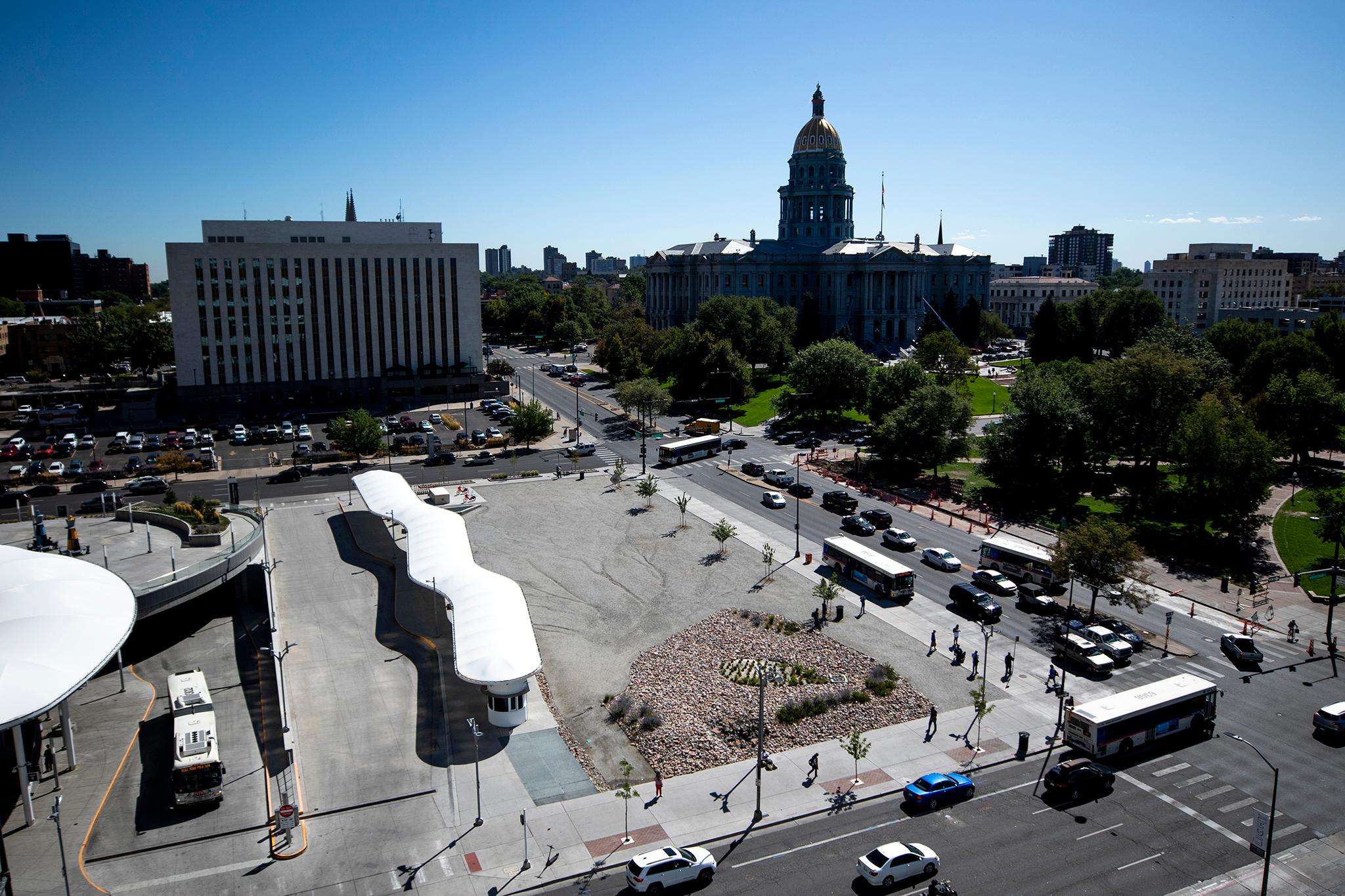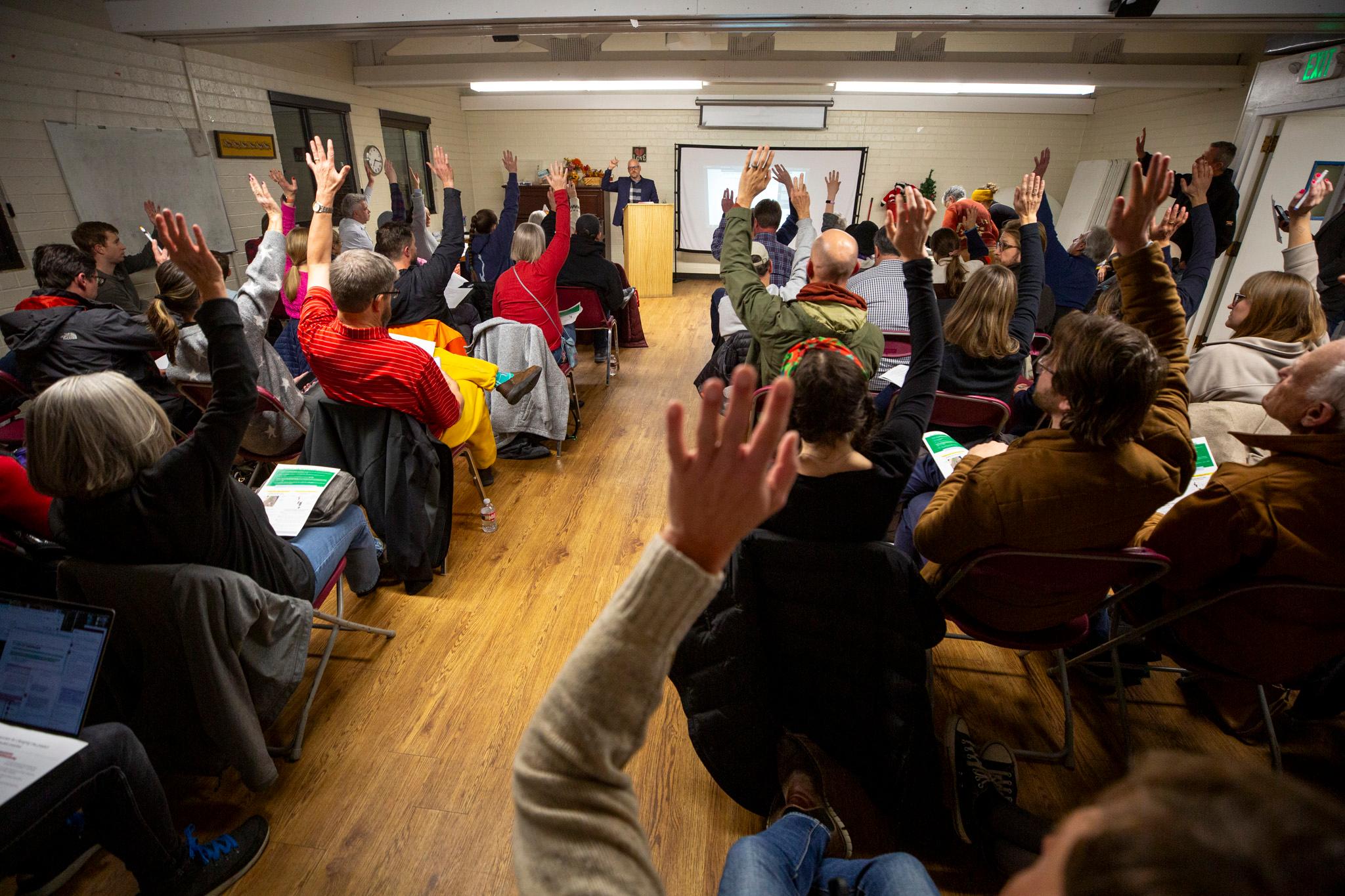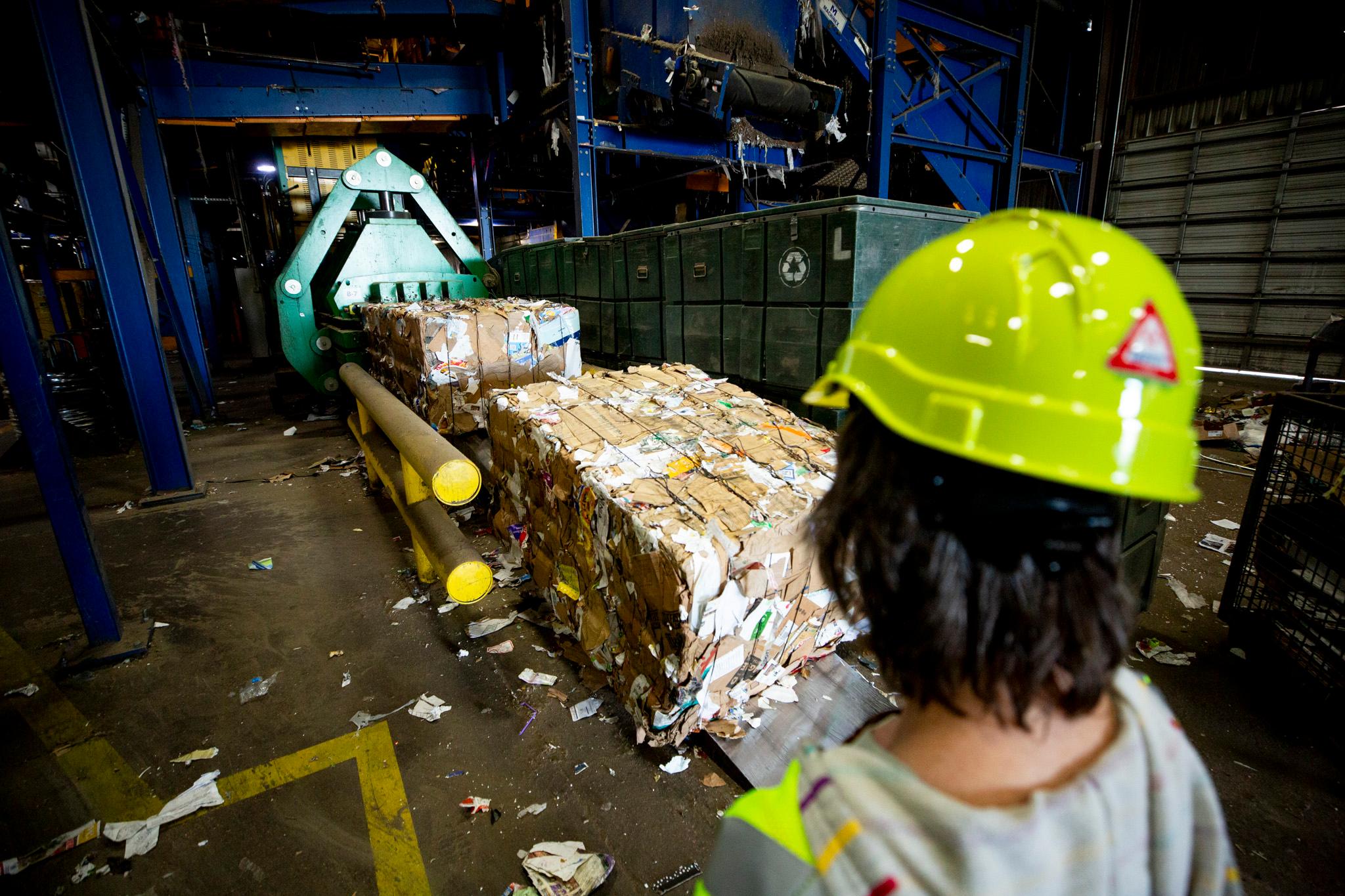A proposed new solar array would cover nearly 90 acres near Denver International Airport.
Officials say it would likely be the largest in the city, doubling the airport’s solar capacity.
“This is a very large system projected to generate 31 million kilowatt hours of electricity, which, even in the context of the airport in our operations, is a significant amount,” said Scott Morrissey, the airport’s senior vice president for sustainability, at a recent committee meeting.
The 18-megawatt project would power the equivalent of about 4,300 households per year. It would stand west of the intersection of Hayesmount Road and East 112th Avenue, near most of the airport’s existing panels.
Denver-based Oak Leaf Energy Partners will build the project. The developer will pay about $2.3 million to lease the land from the airport over the 25-year contract term.
Meanwhile, the airport will pay nearly $50 million over that timespan to buy power and renewal energy credits from the company. The deal is expected to save the airport an estimated $9.2 million in power costs, compared to Xcel Energy rates, according to a city presentation.
“It is financed, designed, constructed, operated and maintained by the solar developer. This is a really advantageous business model for public sector entities, because it allows developers who have experience in solar development to come in, take all the risk associated with the cost,” Morrisey said.
“There is no upfront cost at the airport. The production risk, the long-term financial risk, all of that is pushed to the developer,” he continued. “And we do, as an airport, what we do best, which is purchasing electricity to support the airport operations and to support our greenhouse gas emission reduction goals.”
The city did not hold a competitive bid process to select Oak Leaf. However, Xcel had awarded the company development capacity through a competitive process in 2024.
“The airport has decided to partner with the firm that won that [earlier] competitive procurement. And so there's not another developer that would have the opportunity to build and to interconnect into the grid a system of this size, and certainly not at this kind of cost structure,” Morrisey said.
“We do that for a couple of different reasons, but primarily is that there are FAA regulations regarding glare for air traffic control towers and for approach of aircraft,” Morrisey said.
The solar panels are expected to have a lifespan of just more than 25 years. When the lease and purchase agreement expire around 2050, the airport would have several choices.
The airport could extend the agreements with the developer; purchase the system outright; or require the developer to tear down the array. The city would require the developer to carry a bond to cover the cost of decommissioning.
The proposal passed the city’s Transportation and Infrastructure committee Wednesday and heads next to the Denver City Council.












